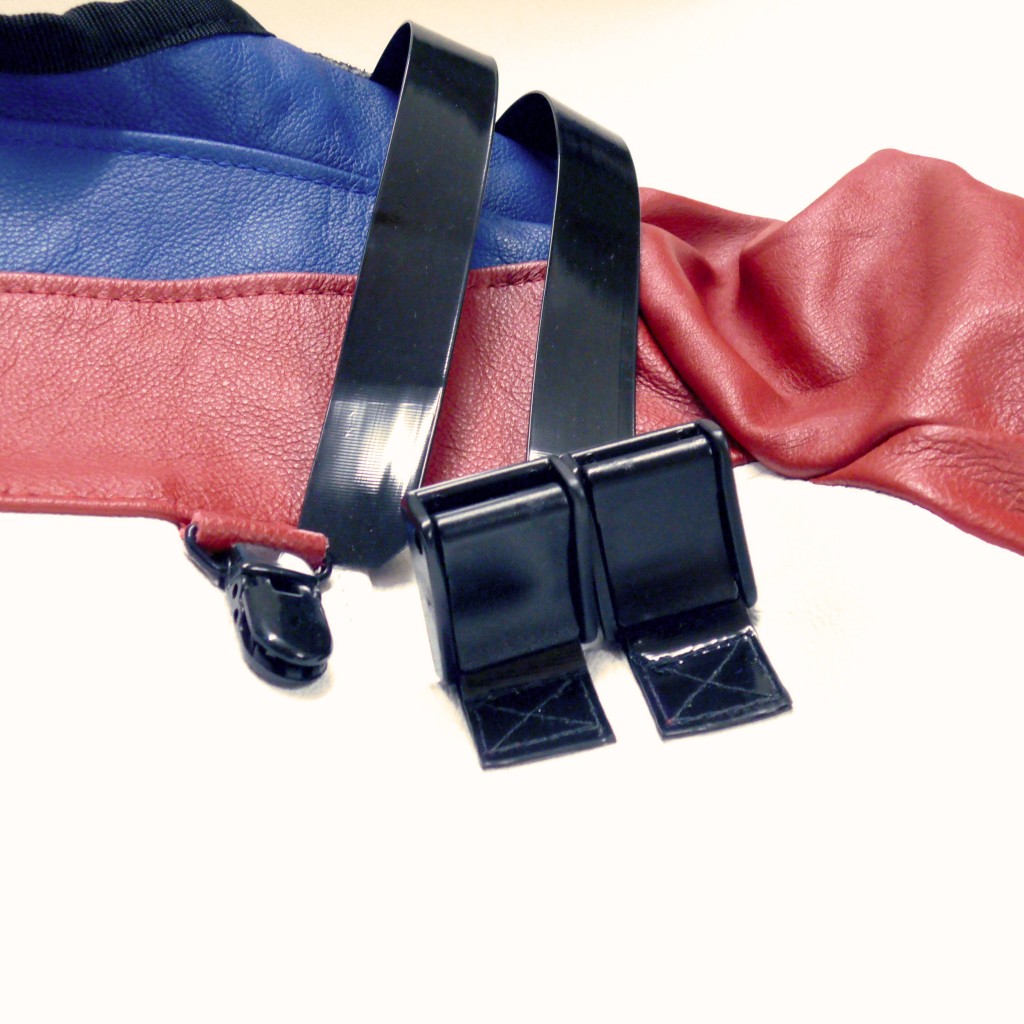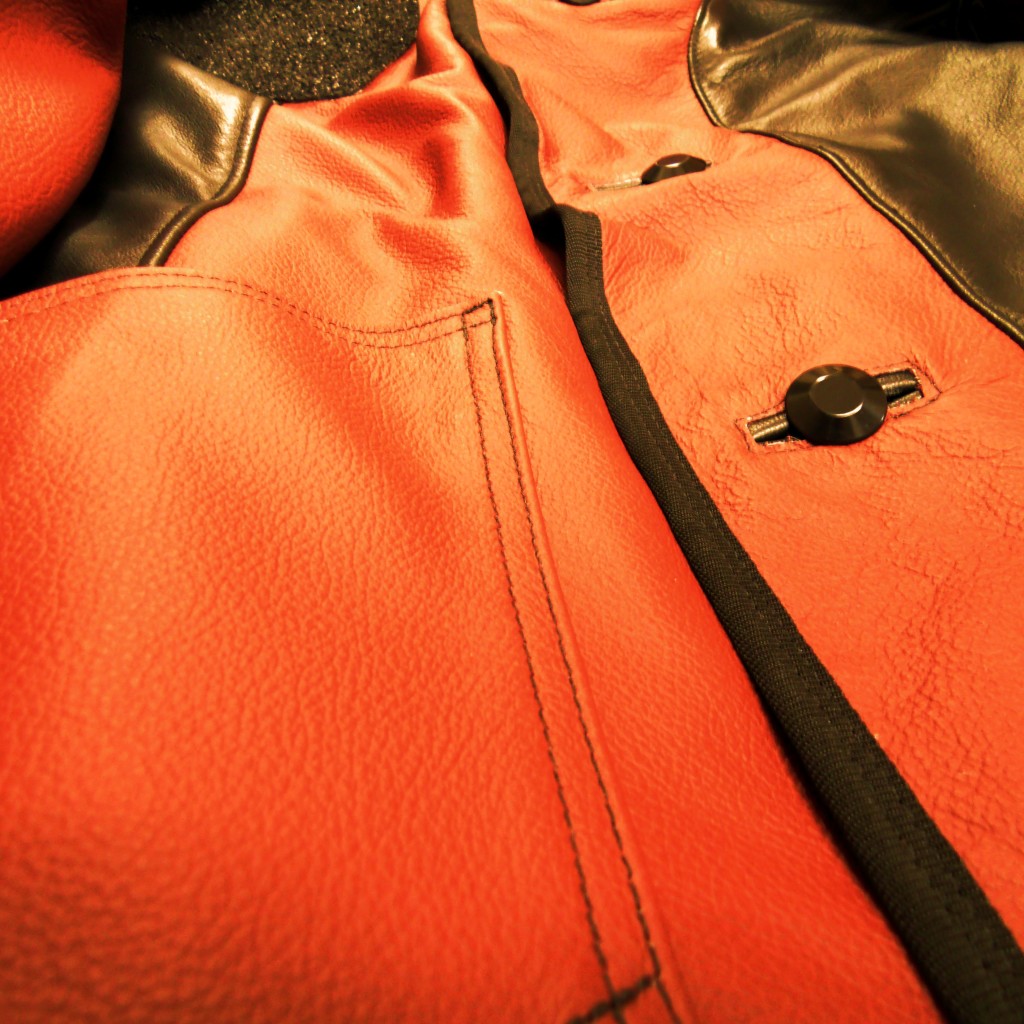01902650626
01902650626
Finally, a listicle about shooting jackets!
Everyone knows that kit maintenance is highly important in all shooting disciplines, whether the kit is used regularly or stored for a little while. When it comes to jackets, this practice is sometimes sadly lacking a little. We tell our customers that while shooting jackets don’t need a huge amount of maintenance, there are a few basics that need to be followed in order to get the most out of your jacket.
After such a turbulent year, the disruption to standard shooting kit routines, may result in a few jacket casualties. Maybe you put your jacket away after a normal mid-week training session and suddenly it is a few months later. If your kit is in the place it would normally be during the off season, maybe it would normally be in use now so the humidity/ventilation is different. Or maybe you finished shooting in Feb 2020 and haven’t looked at anything since.
All of these are completely understandable things to have done considering the horrendous year we’ve had, we just wanted to give you a few pointers to make sure that your jacket is shooting ready!
1. Hardware
Shooting jackets have all sorts of hardware on them that can seize, perish, rot, or rust. Poor ventilation and humid atmospheres can exacerbate these problems. We recommend checking that all of your key hardware points are fitted well and fully functional. The most important one is your sling attachment. Make sure to inspect all of the areas including the point where the sling joins the jacket. There are so many variations out there but all need checking as they are absolutely vital to your position.

Other bits of hardware include fasteners, competition tags and shoulder straps. Check your zip by opening and closing it a few times. If you notice any stiff sections or areas where there are teeth missing then you may need to do some repairs. If you have buttons, check all of the screws and washers, do this by taking them off and reattaching them. This will show up any issues like the rust damaging the canvas in the button stand. It is good to know with plenty of time if any of these important points are likely to cause problems to your shooting.
At this point it is also worth checking the Top Grip for signs of wear.
2. Undergarment
Do you know where it is? This may sound like a silly question, but if it is balled up in the furthest corner of your kit bag from your last match or training session, you’ll probably want to find out, with enough time to wash and dry it.
At this point it is also worth inspecting it for wear, check the zip still works and the elbows, yes it’s not just jacket elbows that wear out. The heavy canvas that is often used in sleeve linings has a very abrasive effect on even the strongest synthetic fabrics. If you chose to repair the elbow yourself, remember to get into position with your rifle after you’ve finished, to check for any lumps and bumps that may aggravate your elbow.
While we’re on the topic of undergarments, now might be as good a time as any to make sure you are using the right combination for you. It’s no secret that we have very strong views on appropriate undergarments for shooting. The requirements include wicking fabric, raglan sleeve and close fit.
3. Mould treatment
If you get to your shooting jacket and find that there is some mould on it, your first reaction will likely be to be a bit upset, and understandably so. If left untreated, mould can cause considerable damage to leather and canvas, not to mention it looks quite unsightly.
Sometimes jackets can be affected by mould despite best efforts to prevent it. To treat mould we recommend first hanging the garment to dry. Most of the time, mould is caused by moisture getting trapped in the fibres of the fabric. So by drying out the fabric, the mould is not able to continue to spread. Once it is dry you can brush the spots off with a clothes brush. Sometimes these spots leave stains that may look a bit unsightly. With these sometimes the best thing is to leave the garment/s it hanging in sunlight for a few days, the UV in the sun even in the winter can help to reduce the visibility of the stains. The other option is to replace the panel. We do not recommend using strong treatments on shooting jackets.
If you are going to be putting your jacket back into storage for a while, we recommend checking on it for mould regularly. We may even write a little how to article.
4. Try it on
Since we have all been baking banana bread while attending zoom fitness classes some of us may have found that our body shape has altered slightly. Unfortunately shooting jackets are not typically very forgiving of the natural shifts every body shape experiences, but as with everything else, if there is an issue it is vital that this is discovered long before you are about to get down into position on the range.

The easiest thing to do to rectify the fit of a jacket is to adjust the buttons. This is a great way to quickly alter the jacket by a few inches. If you compete at ISSF compliant competitions then you must check that the fit is legal. If you have a zip or if there is not enough space to move the buttons to where you need, you may require a fitting with us. If you need to shoot with a jacket that is too small, we don’t recommend shooting with the buttons done up as this can create a very unstable position. You may be better to find out if there is a TenPointNine principle around to borrow.
We hope that this information will help you to keep your shooting jacket in good condition so that you will be ready to run to the ranges as soon as you are able. We are always available to offer jacket support.